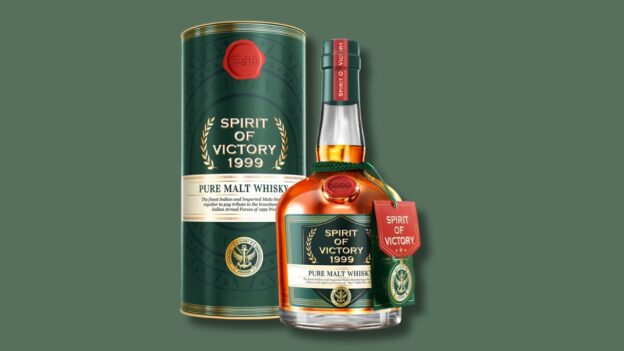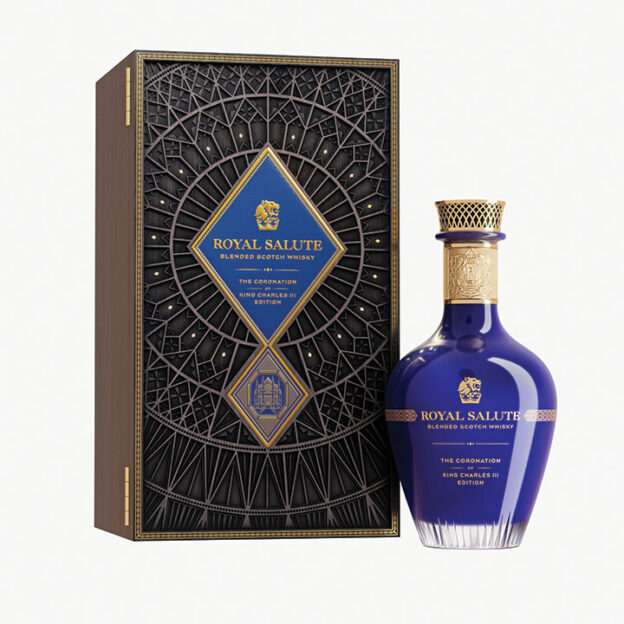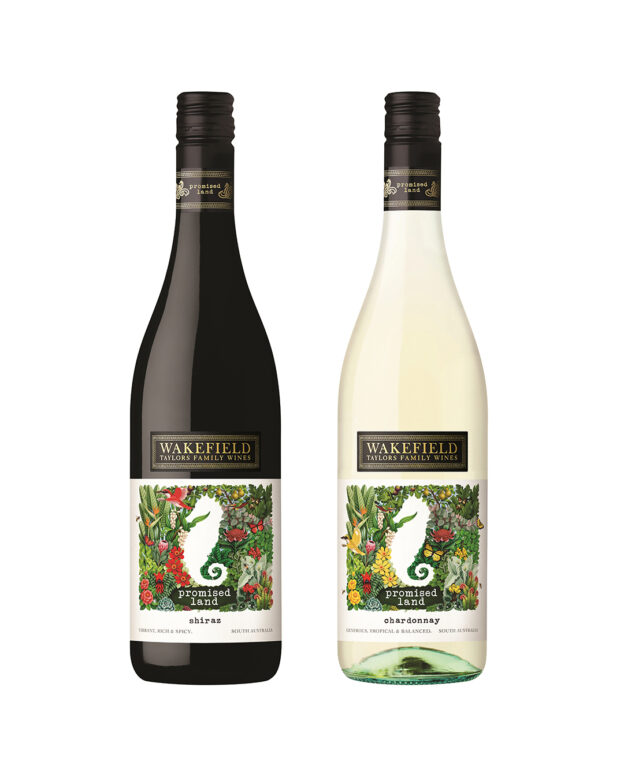The horrific incident of an inebriated passenger urinating on a fellow passenger in an Air India flight from New York to Delhi recently has shaken the world. The drunken passenger – Shankar Mishra – has been arrested, albeit after enormous media pressure, and the airline has been pulled up by the Directorate General of Civil Aviation (DGCA). Air India’s apology for not handling the incident properly and for being insensitive to the woman passenger, came a bit late and with the Air India Chief Executive Officer, Campbell Wilson adding that it would review the ‘policy on service of alcohol in flight’.
This was not just one incident. On December 6, 2022 on a Paris-New Delhi flight, a drunk passenger was caught smoking in the lavatory, ignoring the crew’s admonition. And another passenger allegedly relieved himself on a vacant seat and blanked of a fellow female passenger when she had gone to the lavatory. Disgusting, to say the least.
IATA says offenses often go unpunished
The International Air Transport Association (IATA) has said that there is growing concern from airlines, governments and passengers at the increasing frequency and severity of these incidents that involve violence against crew and other passengers, harassment and failure to comply with safety and public health instructions. Committed by a minority of passengers, unruly incidents have a disproportionate impact, threatening safety, disrupting other passengers and crew and causing delays and diversions. However, due to loopholes in existing international air law, such offenses often go unpunished.
One Too Many
IATA is also working with airports, duty-free retailers and other groups to ensure the responsible sales and marketing of alcohol to avoid unruly passenger incidents resulting from intoxication. In addition, IATA is participating in public awareness campaigns that encourage responsible consumption of alcohol before traveling by air such as the Fly Safely, Drink Responsibly in Norway and the One Too Many in the UK, IATA is also working with partners to highlight the types of prohibited conduct onboard flights and is supporting the #notonmyflight campaign launched by the European Union Aviation Safety Agency (EASA).
27% alcohol use, 24% smoking violations
IATA said that incidents involving unruly behaviour in airlines are on the rise. Alcohol use is involved in 27% of these cases while 24% cases related to noncompliance with smoking regulations. IATA said the solution seems obvious. “If too many airline passengers are abusing alcohol and acting violently, airlines can limit alcohol sale to solve the problem. However, airlines are looking for a regulatory fix, showing their reluctance to lose the alcohol sales profit despite the harm alcohol is causing.
IATA said that passengers using alcohol as an excuse to create havoc in airplanes is rising. To find a solution, several agencies which oversee in-flight regulations are working with commercial airlines. They are reviewing the current alcohol sale and consumption practices in airport bars as well as in-flight.
In the US, federal law prohibits flight crews from allowing “obviously intoxicated passengers” to board aircraft, and it doesn’t allow flight attendants to serve alcohol to anyone who appear intoxicated. Another regulation prohibits passengers from “assaulting or intimidating” crew members and interfering with their duties. Doing so carries a fine of up to $35,000 and a prison sentence of up to 20 years.
No liquor on domestic Indian flights
On Indian domestic flights, no alcohol is served, but on international flights airlines do. This rule was implemented in 1994 after the Ministry of Civil Aviation received several complaints of flyers getting inebriated and misbehaving with the airline staff and other passengers.
Presently, Air India has a policy on serving liquor on international flights as per which a passenger can’t be served more than two drinks on a flight that is less than four hours. However, the amount of alcohol served differs from business, first and economy classes with the last mentioned just getting one drink, whereas getting more, but not unlimited.
IndiGo which also operates on international routes serves alcohol on these routes and passengers can purchase on-board. However, consumption of liquor bought from Duty Free shops is prohibited on board.
Many airlines don’t serve alcohol
These are some of the airlines which do not serve liquor on flights – Air Arabia; Egyptair; Iran Air; Iraqi Airways, Kuwait Airways; Pakistan International Airlines,; Royal Brunei Airlines; and Saudia. Not all Middle Eastern airlines prohibit sale and consumption and the best example of service is Emirates Airline which has a lounge on board with the most exotic cocktails to be had at 40,000 feet.
One black sheep such as Shankar Mishra can mess up the entire inflight experience. Stricter punishments may be deterrent. Nevertheless, it is for the cabin crew to be trained, first in serving alcohol to passengers and secondly on dealing with unruly passengers, irrespective of whether the passenger is inebriated or not.
AA says growing number of disturbing incidents
While the nation was aghast with such appalling incidents, Alcoholics Anonymous (AA), India reacted by saying it was not an uncommon incident. In a report which appeared in the Times of India, a frequent flyer and member of AA said “As soon as we heard of the in-flight incident, we thought he is one of us! This is something we have all done, either mistaking our puja rooms, bedrooms, balconies or neighbour’s doorstep for the lavatory. Our mothers, wives and sisters have cleaned up after us.”
AA explained “Just three-four pegs at lunch will not do much harm to a habitually hard drinker. It is possible that he availed of the free alcohol in the lounge as well,” the spokesperson said. AA does not resent airlines offering free or unlimited liquor though, by its same non-judgemental code.
The AA spokesperson explaining the possible scenario behind the November 26 mishap said, “It is possible the passenger was so sozzled he got up from his seat only at the last moment to relieve himself, was wobbly due to cabin pressure, already disoriented by too much drink. He may have failed to judge the distance to the washroom and committed the offence owing to a combination of these factors. But by no means do we defend him or condone the act”.








